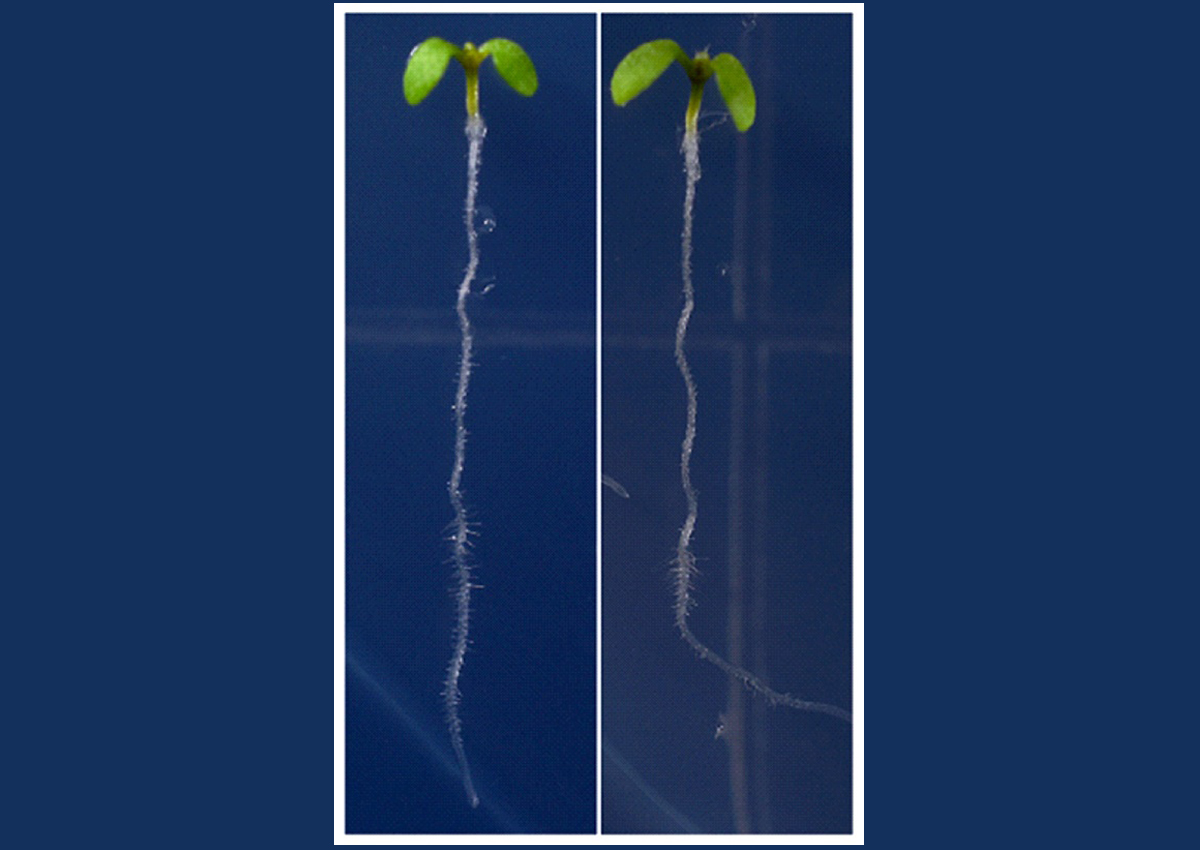
Scientists Discover How Plants Grow Away from Salt
November 9, 2022| |
Researchers from the University of Copenhagen have discovered that plants can change their root direction and grow away from saline areas. This discovery changes current understanding of how plants change their shape and growth direction and may help alleviate the accelerating global problem of high soil salinity.
Professor Staffan Persson of the University of Copenhagen's Department of Plant and Environmental Sciences said that the world needs crops that can better withstand salt. He added that plants can make their roots grow away from saline areas, but it is unclear how this mechanism works. With research colleagues, Professor Persson discovered exactly what happens inside plants at a cellular and molecular level as their roots grow away from salt. The research group discovered that when a plant senses local concentrations of salt, the stress hormone abscisic acid (ABA) is activated, setting into motion a response mechanism.
Professor Persson explains that plants have a stress hormone triggered by salt. This hormone causes a reorganization of the tiny protein-based tubes in the cell, called the cytoskeleton. The reorganization then causes the cellulose fibers surrounding the root cells to make a similar rearrangement, forcing the root to twist in such a way that it grows away from the salt. The researchers mutated a single amino acid in a protein that drives the twisting of the root, reversing the twist so that the plant could not grow away from the salt.
For more details about this research, read the article in the University of Copenhagen News.
| |
You might also like:
- Root Angle Modifications Lead to Improved Rice Yields in Saline Fields
- Scientists Discover a Protein that Can Help Plants Tolerate Saline Conditions
- Scientists Study Root Growth, Function, for Improved Crops
Biotech Updates is a weekly newsletter of ISAAA, a not-for-profit organization. It is distributed for free to over 22,000 subscribers worldwide to inform them about the key developments in biosciences, especially in biotechnology. Your support will help us in our mission to feed the world with knowledge. You can help by donating as little as $10.
-
See more articles:
-
News from Around the World
- IAEA and FAO Send Seeds to Space
- PH Nat’l Biotech Week Webinar Highlights More Filipino Biotech Innovations
- EFSA Publishes Scientific Opinion for Market Release of GM Oilseed Rape GT73
- Scientists Discover How Plants Grow Away from Salt
-
Research Highlights
- Triple-gene Transgenic Cotton Exhibits Tolerance Against Insects, Herbicide
- Foxtail Millet Protein Confers Tolerance to Low Nitrogen Stress in Rice
- Genetically Engineered Duckweed As Potential Biofuel Source
- University of Punjab Researchers Develop Healthier Potatoes
-
Read the latest: - Biotech Updates (December 17, 2025)
- Gene Editing Supplement (December 17, 2025)
- Gene Drive Supplement (February 22, 2023)
-
Subscribe to BU: - Share
- Tweet

